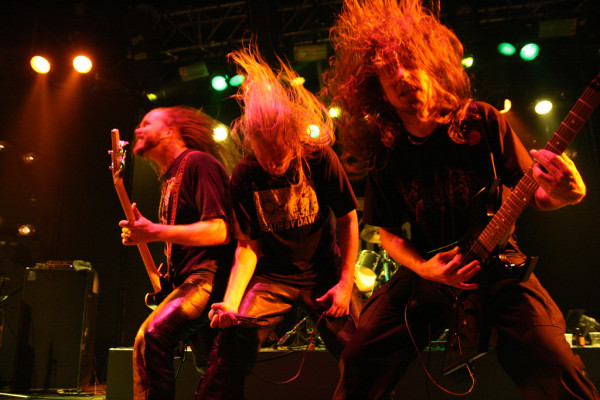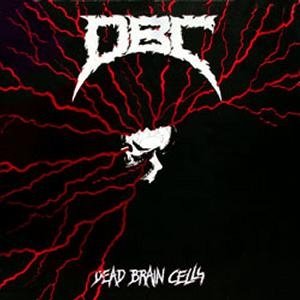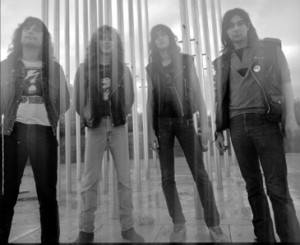
Guest post by former editor David Rosales
老僧三十年前未參禪時、見山是山、見水是水、及至後夾親見知識、有箇入處、見山不是山、見水不是水、而今得箇體歇處、依然見山秪是山、見水秪是水
Before I had studied Zen for thirty years, I saw mountains as mountains, and waters as waters. When I arrived at a more intimate knowledge, I came to the point where I saw that mountains are not mountains, and waters are not waters. But now that I have got its very substance I am at rest. For it’s just that I see mountains once again as mountains, and waters once again as waters.
— Ch’ing-yüan Wei-hsin, Ch’uan Teng Lu
Those who thirst for knowledge and wisdom move in cycles of understanding delimited by internalization and externalization. These transitions are not tied to fixed degrees and their own depth as well as their distance from the next phase varies from one person to the next. The cycles of understanding can be exemplified by the process of finding out how an electronic or mechanical device works: we first pry it open and find ourselves faced with a multitude of components whose nature we usually do not even begin to understand. It is only after a while that we slowly start to identify the function pertaining each of these elements.
At first, and as we acquire basic information on the system, we are taken aback by the complexity of the relations between the different pieces working with each other in interlocked patterns. Even after understanding the purpose and function that each of the pieces has, one is not assured a proper grasp of the bigger picture. The reason for this is that this is not simply the result of the mechanical output of wheels and cogs, but something else arising from the total.
And so, after a first wave of study, analysis and pondering, a first picture is obtained. The student may think he now knows what’s going on, and that all undetermined parts are simply “subjective” or “random” and cannot be considered relevant. Some would call it a day and leave it at that. Others would continue from this higher ground, recharging batteries and pushing forth theories and testing them for incongruences until a newer picture emerges, one where what he considered parts of a whole are only parts of a partial system, embedded in either a greater mesh or having a completely different shape or balance of parts.
In dealing with the enigma of true learning, the conscious human mind is impaired with an understanding that remains clear only up to very straightforward deterministic causal relations and requires its most powerful tool to attain its full potential: the underestimated intuition. If anyone has doubts regarding the role of intuition and the subconscious (unconscious?) in learning (the attaining of understanding), one only has to think that cramming on a particular subject yields instant information on the most direct and obvious levels, but that it is only after one has “slept on it” that repercussions and otherwise unimagined dependencies are revealed to the mind.
Most valuable information, of course, can also come through experience and a scientific exploration of any subject, which provides the springboard of systematized analysis that scientific thought is. Unfortunately for humanity, “science” has slowly become a synonym for “materialist close-mindedness” ever since the so-called Enlightenment, and anything that is not “scientifically proven” (which is an interesting parallel to reducing any idea to the lowest common denominator in its requirement of the idea in question being universally reproducible in laboratory conditions) is held to be unreliable and irrelevant – unless the establishment likes the idea (for political or ego reasons, more often than not), making the profit-based scientific research advance at an unbearably slow speed towards the fabrication of commodities and pointless lifespan prolongation.
Applying this description of universal acquisition of human wisdom to music appreciation cannot only afford us with a clearer way of realizing the value of art but may as well arm us with the steel necessary to combat the nonsensical idea of complete subjectivity in the perception of music which cripples any discussion on its value in favor of modernist un-human experimentalism and post-modernist adoration for the recycled novelty. Modernist and post-modernist ideas about art arise from the same so-called-scientific materialist thinking that spawned infantile Marxist thought. All of these have in common that they use the word “science” and “objectivity” as a shield while they naively ignore human nature in favor of completely biased ideas on how civilization should proceed in their consideration of either arts, politics or economy. The haughty claim is made that there is no such thing as human nature or that nobody understands what this even means. As if its imperfect understanding were enough to discard it as irrelevant, all evidence to the contrary.
In the true spirit of the scientist, the learner, the explorer, the experimenter, the reader and avid metal fan is encouraged to never stop considering the reasons behind the effects of music, the role of structures and textures and how they can be perceived, how they relate to meaning and in what contexts, as well as any other ideas that lead to understanding rather than to an obfuscation into which unscientific thought has lead the establishment while at the same time they hijack the word “science” for their personal views! Just because a problem is hard to solve, just because the variables involved are complex, and just because the obtaining of a knowledge does not represent life or death it does not mean it need not be pursued. Humans thrive on the tackling of problems, and the supplying of baser needs such as food and clothing should only mean that human intellect is now more free than ever to delve into higher mysteries.
14 CommentsTags: guest author, knowledge, learning, mountains, Philosophy, Science








